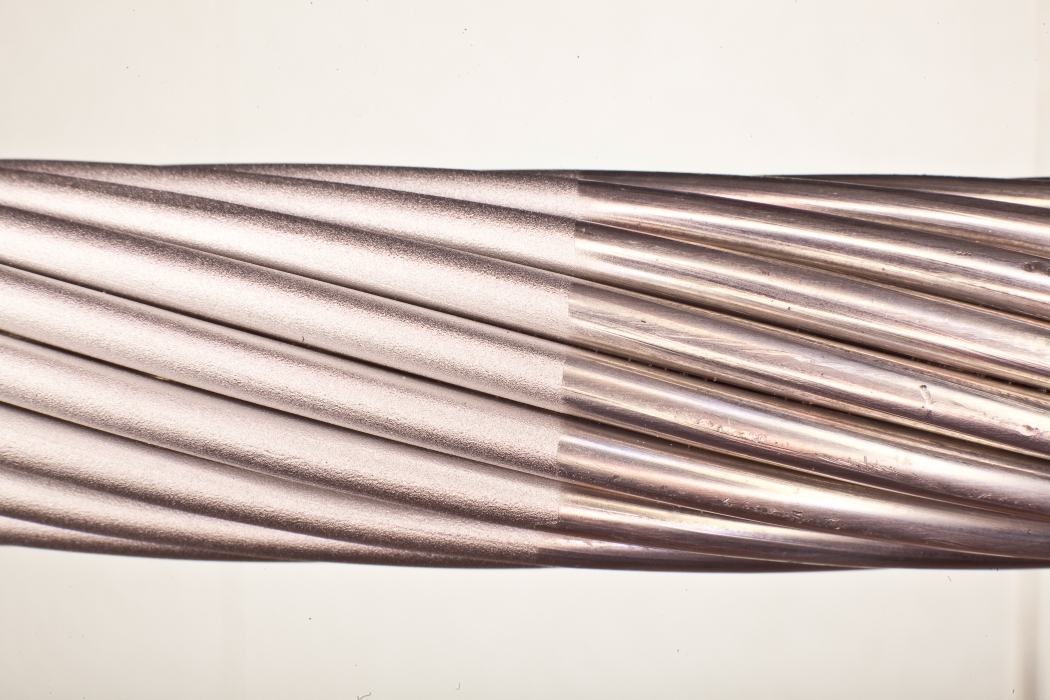Vapormatt, one of the world’s leading wet blasting companies, has developed a process that offers minimal environmental damage and a more consistent, uniform finish for companies looking to reduce the resistance carried through their overhead cables.
By creating a recipe that uses: air, water and an inert media companies are able to adopt wet blasting to achieve a greater capacity for current in their “non-specular” cables whilst decreasing the temperature of the conductor at a given ampacity.
David Clements, Vapormatt’s Wire and Cable specialist, offers his thoughts; “With the energy balance in a conductor affected by: resistive losses, solar radiation and convection companies need an all encompassing solution to deal with these unavoidable factors.” he comments “By looking at the problems overhead cable manufacturers are facing we were able to design and provide a solution that hopes to tackle these issues head on.”
Aluminium is a typically poor conductor making it a challenging task to increase the emissivity of the surface. Normally this is achieved using a dry blast process. “While this can achieve the desired result firms can be subject to restrictive and often expensive environmental legislation as employees become vulnerable to the damaging effects of silicosis.” Continues David.
As originators of the wet blast process Vapormatt have been at the forefront of their field for over 50 years. By choosing to focus on developing the process Vapormatt often lead the way for their competitors. “As a company we have been able to consistently identify customer needs and through continued R&D are able to be first to market with solutions that are not only useful but work very well” He continues.
By installing a Vapormatt Profelis companies have better coverage of the surface and the amount of media imparted on the cable drastically reduced. “The Vapormatt Wet Blast Process is able to deal with these concerns by removing all hazardous dust from the working environment and any waste being very easy to dispose of.” David concludes.























